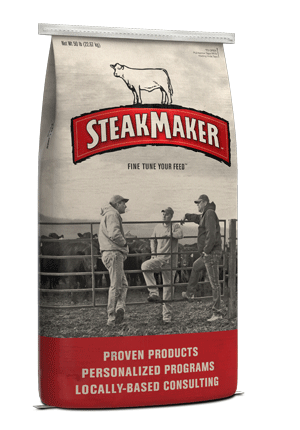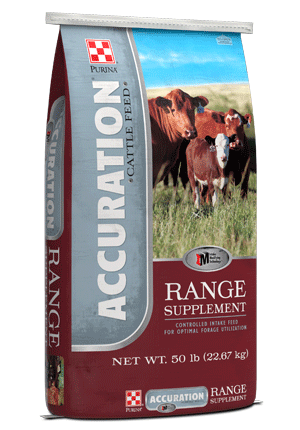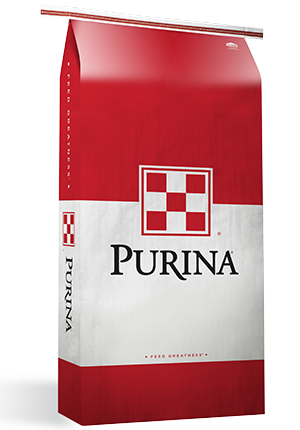
Smarter Weaning Practices Mean Bigger Profits
Management : Weaned Calf

Weaning. It’s a stressful time in the life of a calf — and stress can take its toll on the development and value of your cattle.
Weaning suppresses the immune system and makes calves more susceptible to ailments like bovine respiratory disease, coccidiosis and acidosis, according to an article by Clell V. Bagley, DVM, retired extension veterinarian at Utah State University.1 So, minimizing stress is crucial when it comes to weaning calves. Otherwise, the odds of incurring losses increase dramatically.
Regardless of your preferred schedule, make sure that vaccines are handled properly, including refrigeration, reconstitution, equipment sterilization, and avoiding sunlight and heat. Don’t mix vaccines that are not intended to be administered together. Complete directions should be available with each product, and consult with your vet.
These methods should help your calves achieve a smooth transition to independence. And that means fewer headaches for you — and your wallet.
Find tips to get your freshly weaned calves eating quickly.
Does your nutrition program stack up? Find out with a Proof Pays feeding trial.
1 http://www.extension.usu.edu/files/publications/factsheet/AH_Beef_30.pdf
Weaning suppresses the immune system and makes calves more susceptible to ailments like bovine respiratory disease, coccidiosis and acidosis, according to an article by Clell V. Bagley, DVM, retired extension veterinarian at Utah State University.1 So, minimizing stress is crucial when it comes to weaning calves. Otherwise, the odds of incurring losses increase dramatically.
10 tips to reduce cattle stress and manage calf weaning
Here are a few ways that you as a producer can reduce additional stress and manage the calf weaning process to achieve the best result for the calf — and for your own profit potential.1. Take it slow.
Don’t rush the weaning process by shipping calves before they are fully weaned. Transport — and arriving in a totally alien environment — is very stressful. That stress can result in weight loss, sickness or even death. And those chances increase if the calf is also stressed from weaning.2. Minimize other stresses.
Avoid performing too many other herd functions, such as dehorning and castration, during this critical period as these are also very stressful. Dehorning and castration should be completed well before weaning or 30 days after.3. Reduce parasites.
Deworming may be advisable for calves that feed predominantly on pasture. Check with your veterinarian about products and schedules.4. Vaccinate judiciously.
Most veterinarians recommend a single-dose vaccination protocol three to four weeks before weaning; others administer two doses, one six weeks before weaning, and another three weeks before. Vaccinations performed earlier may not be as effective because calves that young simply don’t respond well to vaccines, according to Bagley. Calves that have received just one round of shots prior to weaning should also be vaccinated again at weaning. Some protocols call for another round of MLV seven days later.Regardless of your preferred schedule, make sure that vaccines are handled properly, including refrigeration, reconstitution, equipment sterilization, and avoiding sunlight and heat. Don’t mix vaccines that are not intended to be administered together. Complete directions should be available with each product, and consult with your vet.
5. Avoid dietary changes.
Making changes in the calf’s diet should be minimized during weaning, as this requires the calf’s rumen to grow different organisms, which can take up to two weeks. Calves on pasture need time to acclimate to feedlot rations. Sound creep feeding practices before weaning can help in the transition.6. Keep an eye on the sky.
You avoid the hottest times of the year through early weaning, but severe weather of any type can have a negative impact on weaning. Sprinkle pens in hot dry weather to minimize dust and the respiratory problems it can cause. Also, make sure calves have adequate shade and water, and process them early in the day during hot weather.7. Ensure safety.
Make sure weaning pens are in good shape, including fences, gates, feed bunks and troughs. Clear out remaining manure, fill in ground holes and remove other hazards.8. Provide adequate water.
Dehydration can be a problem for calves unacquainted with troughs. Sometimes they are afraid or simply too stressed to drink. Use a trough style familiar to them or have water flowing into the trough to attract their attention.9. Keep an eye out.
During the first few weeks of weaning, keep a close eye on calves, checking for illness, eating behavior and other problems. If illness is widespread, take temperatures daily and treat calves with temperatures over 103.5 degrees Fahrenheit — or treat the entire group.10. Watch sick calves.
Keep an accurate record of each calf, its symptoms and medications. If possible, separate sick calves for treatment and recovery.These methods should help your calves achieve a smooth transition to independence. And that means fewer headaches for you — and your wallet.
Find tips to get your freshly weaned calves eating quickly.
Does your nutrition program stack up? Find out with a Proof Pays feeding trial.
1 http://www.extension.usu.edu/files/publications/factsheet/AH_Beef_30.pdf




